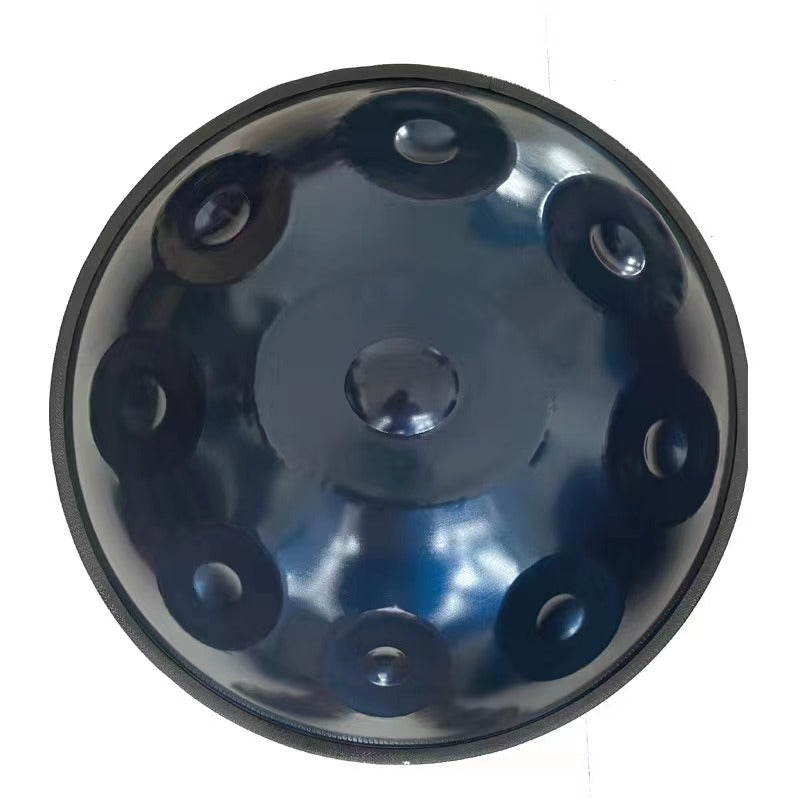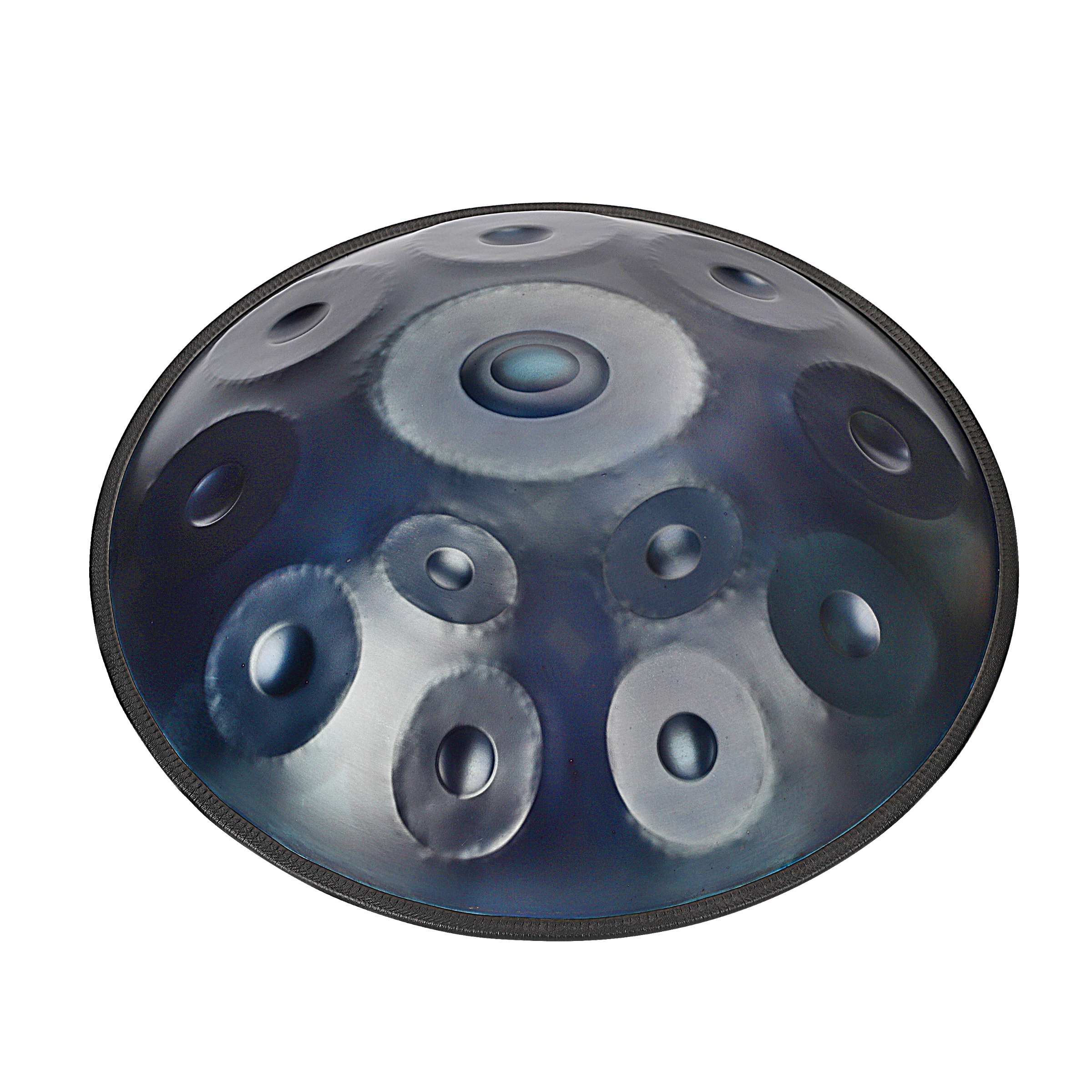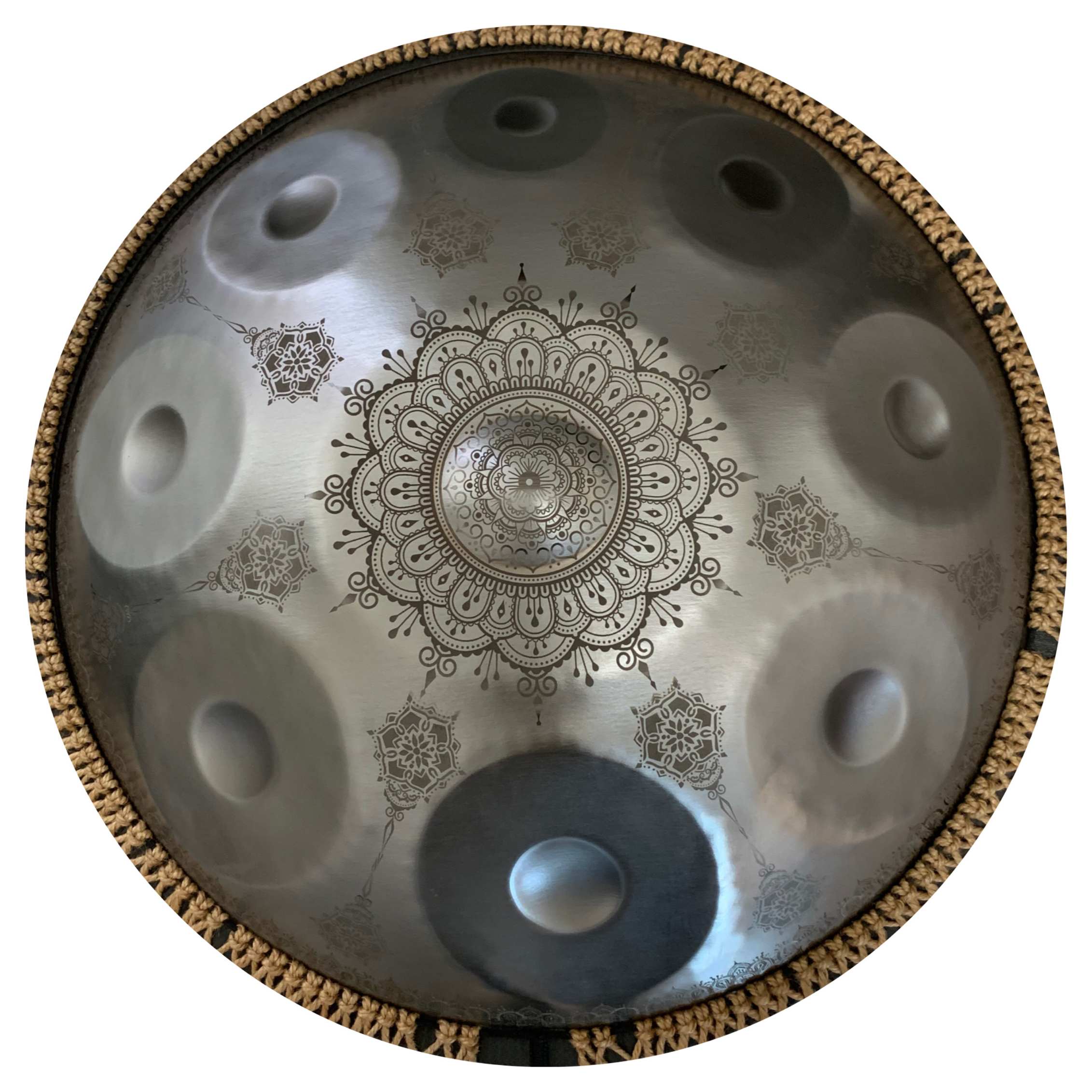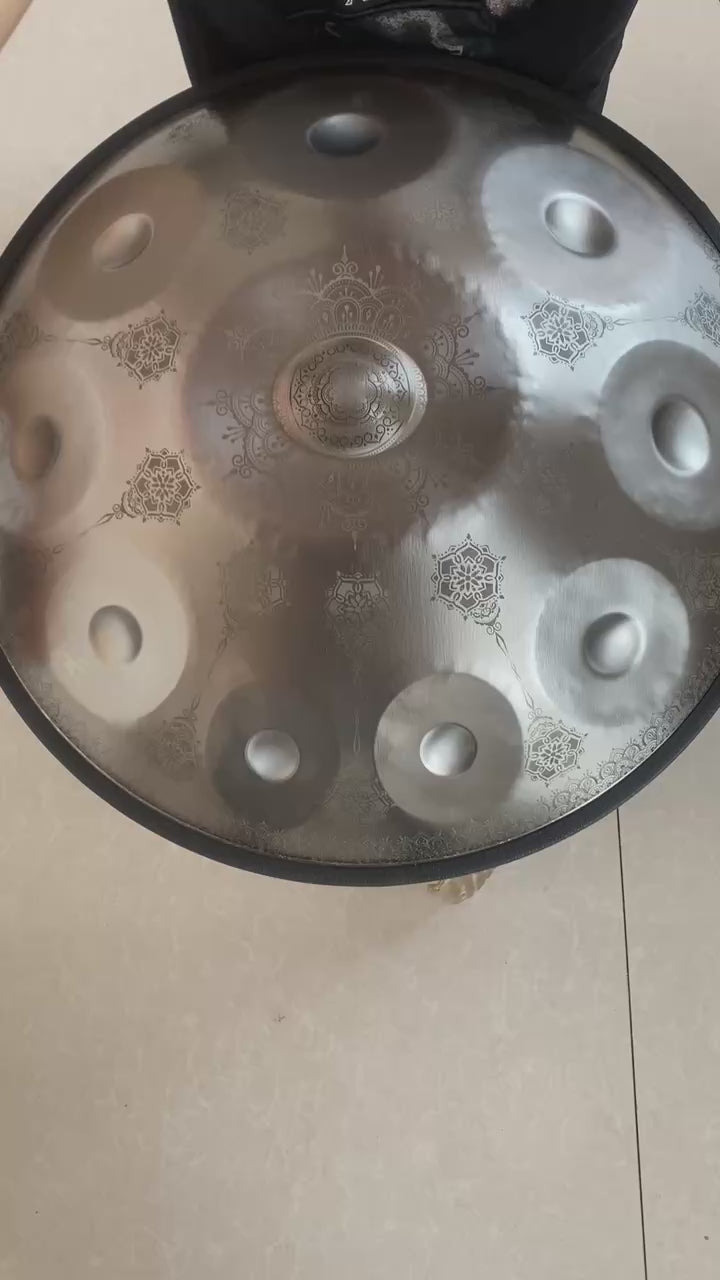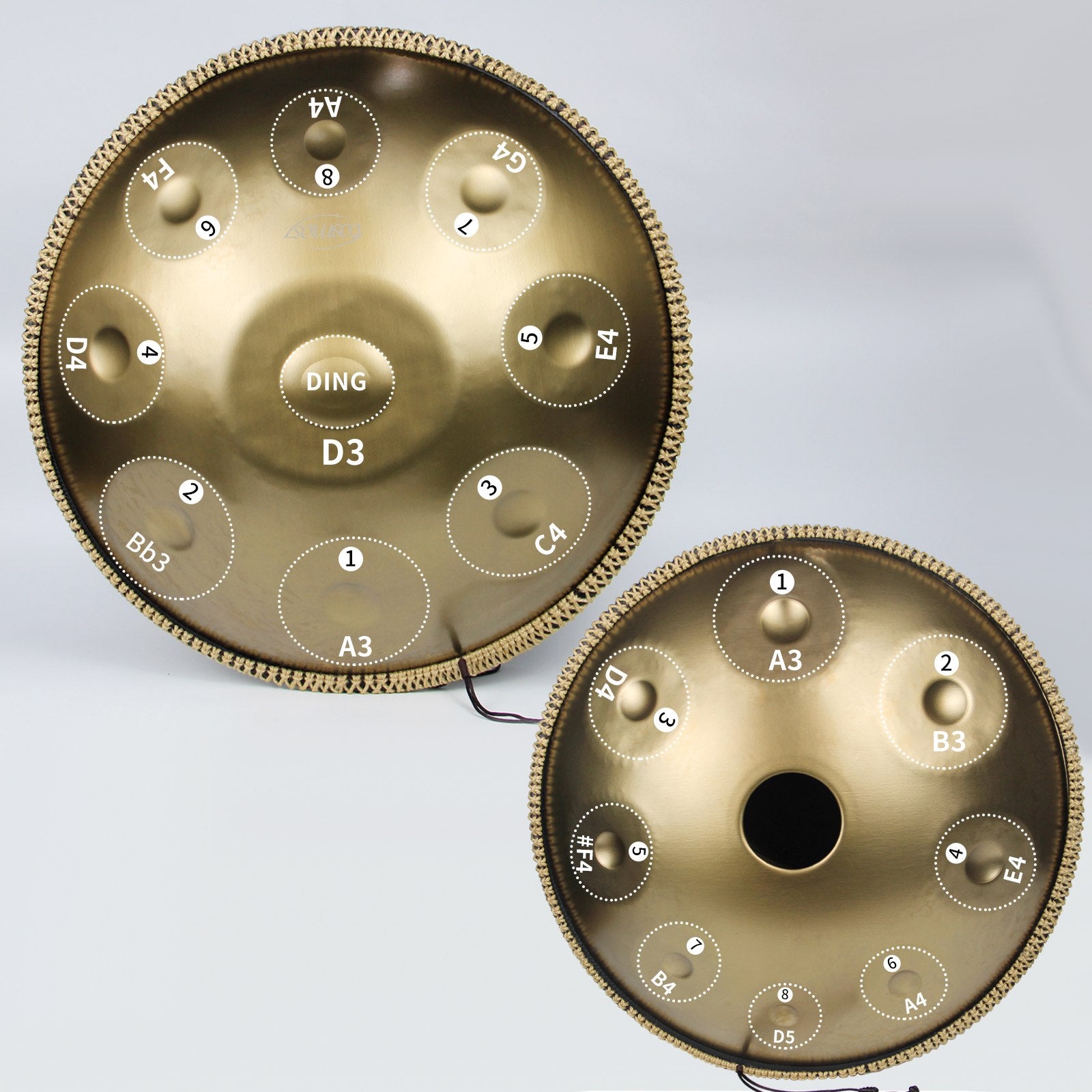
The handpan is a captivating musical tool. Its soothing tones and unique design have made it a favourite among musicians and enthusiasts worldwide. As demand grows, you will find countless options for a handpan for sale. But have you ever thought about how these instruments are made?
There is considerably more to making a handpan than meets the eye. Every stage impacts the environment, from obtaining raw materials to the last adjustment. The primary resource, steel, is extracted by mining, which affects the environment. Energy-intensive techniques are needed for the metal’s shape and nitriding, increasing carbon impact.
It is not all terrible news, either. Many manufacturers are now investigating greener production techniques. Some are using recycled steel. Others are using eco-friendly procedures and energy-efficient tools.
It is critical to comprehend how the hang instrument affects the surroundings. Let’s explore how this lovely instrument may harmonize with the environment and music.
Materials Used in Handpan Manufacturing
The choice of materials is the first step in making a hand pan drum. The selection of materials plays a crucial role in the instrument’s sound and environmental impact.
Steel
The most preferred material for handpans is steel. Stainless steel’s advantages are durability, resistance to corrosion, and the capacity to store finely tuned notes.
However, the production of stainless steel comes at a cost. Energy-intensive procedures are used in the mining and refining of raw materials, such as nickel and iron ore. Significant carbon emissions, pollution, and habitat devastation can result from these operations.
Nitrided Steel
Nitrided steel is another common material. Nitrogen is added to the surface of this highly treated steel to improve its hardness and resistance to corrosion.
Although nitriding prolongs the life of handpans, it necessitates energy-intensive heating procedures, which may increase carbon emissions.
Manufacturing Processes of Handpan and Its Impact on Environment
Each manufacturing step influences how the instrument sounds and affects the environment. Let’s examine the essential production processes in more detail.
1. Shaping the Steel
In the process of making a hang drum, the steel is first shaped. The instrument’s body is formed by meticulously cutting the steel into two hemispheres.
While this step does not require heavy machinery, it is labor-intensive and may produce waste, including scrap metal. Reusing metal offcuts is one method several manufacturers are looking into to reduce this.
2. Nitriding
Nitriding is a chemical process that hardens the surface of the metal by heating it in a regulated atmosphere while adding nitrogen. This improves the longevity of the steel and makes it more resistant to rust.
Although nitriding metal extends the hardpan’s lifespan, producers are investigating more energy-efficient methods or even less resource-intensive alternative treatments.
3. Tuning
The manufacturer uses precise hammering techniques to shape the “notes” on the instrument’s surface. The manufacturer adjusts each note to a particular frequency to produce a harmonious sound.
Since even the slightest error can lead to a poorly tuned instrument, this complex procedure calls for experience. Despite being labor-intensive, this hand-tuning method helps reduce environmental impact by avoiding large machines.
4. Final Treatments
The last treatments, such as polishing and applying protective coatings to the handpan, frequently improve the instrument’s look and strengthen its resistance to deterioration.
Although some manufacturers use eco-friendly coatings, chemicals that could harm the environment may still be used in this process.
5. Packaging and Shipping
Packaging materials can range from conventional plastic to eco-friendly substitutes, dependent on the manufacturer’s techniques. Carbon emissions increase when the instruments are shipped globally, especially when air transportation is used.
Carbon Footprint
handpan drum manufacturing, like most industrial processes, contributes to a carbon footprint. Here’s a breakdown of how various stages add to this environmental impact.
Material Extraction and Manufacturing Processes
Steel comes from mining. This process uses energy and emits CO2, contributing to the carbon footprint. Mining also affects ecosystems and wildlife.
High temperatures used in nitriding increase emissions, adding to the handpan’s carbon footprint.
Metal Waste Generation
Manufacturers may produce metal waste during the shaping process. Some manufacturers may recycle this, but not all do, which results in unnecessary production and needless environmental damage from disposal.
Packaging Impact
Packaging materials like foam and plastic can increase the carbon footprint. Common packaging materials, such as plastic wrap, bubble wrap, and styrofoam, can add to environmental waste. Manufacturers can lessen this extra effect by using environmentally friendly packing solutions.
Transportation
Shipping handpans globally uses fuel and generates CO2 emissions, mainly when air transport is utilized. This worldwide dispersion significantly increases the entire carbon effect.
Recycling the Waste Produced During the Manufacturing Process
One crucial step in lessening the production process’s adverse environmental effects is recycling the waste generated during the handpan manufacturing process. Manufacturers can frequently recycle steel-shaping metal scraps and use them in other industries or to make new handpans. Some waste, meanwhile, can wind up in landfills because not all firms recycle.
Recycling metal can drastically reduce the carbon footprint of handpan production because it uses less energy than creating new raw materials. Manufacturers may contribute to a more sustainable industry by reducing waste and minimizing dependency on newly mined minerals using more effective recycling procedures. Although some handpan manufacturers already use this approach, industry-wide adoption could significantly decrease the total environmental effect.
Sustainable Manufacturing Practices
As demand for handpans grows, some manufacturers embrace sustainable practices to reduce their environmental impact. Let’s see how the industry is moving toward greener production.
Renewable Energy in Workshops
Many handpan producers power their workshops with alternative energy sources like solar or wind. Due to renewable energy’s independence from fossil fuels, manufacturing’s carbon footprint is significantly reduced.
Using Recycled Materials
Some producers make handpans out of recycled metal rather than new steel. This helps create a more sustainable supply chain by lessening the harmful effects of mining on the environment and the demand for new materials.
Eco-Friendly Coatings and Treatments
Some manufacturers are opting for environmentally friendly coatings and surface treatments for handpans to reduce the usage of hazardous chemicals.
Sustainable Packaging
Many manufacturers choose sustainable packaging to cut waste using materials like cardboard or biodegradable packing peanuts.
Conclusion
Conclusively, the production of handpans has a considerable but manageable environmental impact. Every stage of the production process, from material extraction to manufacturing, adds to the carbon footprint. Nonetheless, many manufacturers are making progress toward sustainability by employing eco-friendly procedures, renewable energy, and recycled materials.


